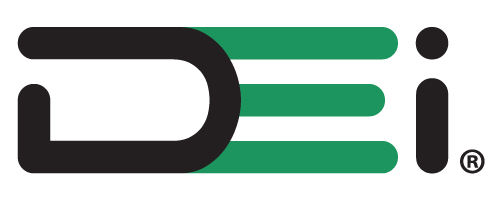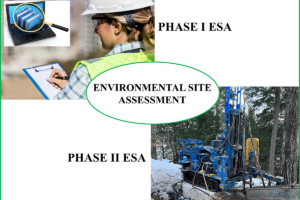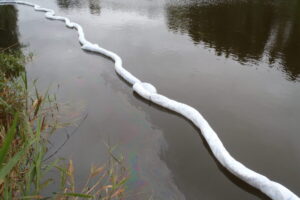There have been significant fire/smoke incidents in the past that have changed the way we understand the effects of fire/smoke residues on human health. In 2001 there was the World Trade Center incident, in 2016 there was the Fort McMurray wildfire, and a few in between. Due to these incidents government agencies have pursued research to determine what effects settled dust residue from fires can have on human health. New methods for the assessment of these residues were developed. In 2018, Health Canada issued requirements for federally owned/operated properties, which is now a best practice in Canada.
Assessment Methods for Fire/Smoke Damage Have Changed
Determination of Risk Requires an Expert
Determining if fire/smoke residue from a claim, or if the remediation work performed by a contractor, is acceptable requires a detailed assessment of risk based on the Health Canada guidelines and specific site conditions related to the claim. This is not a simple exercise and requires an expert.
DEI Can Assess the Risks to Human Health
DEI has the knowledge and experience to perform these assessments and determine whether there are any human health risks related to a fire or smoke damage incident.
If it is determined that there is a human health risk DEI can prepare an expert opinion and recommendations on how to remediate the damage safely and effectively.












